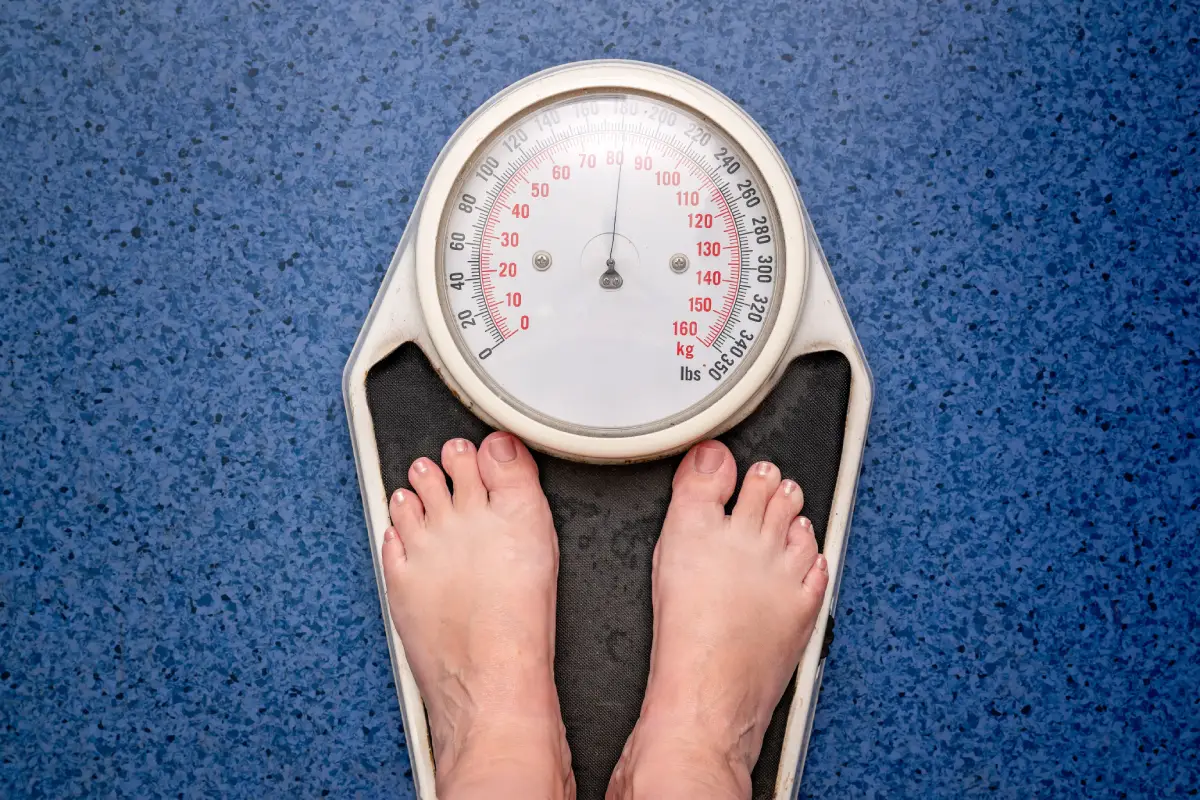We use cookies to help provide you with the best possible online experience.
By using this site, you agree that we may store and access cookies on your device. Cookie policy.
Cookie settings.
Functional Cookies
Functional Cookies are enabled by default at all times so that we can save your preferences for cookie settings and ensure site works and delivers best experience.
3rd Party Cookies
This website uses Google Analytics to collect anonymous information such as the number of visitors to the site, and the most popular pages.
Keeping this cookie enabled helps us to improve our website.
PPG Newsletter: Weight loss Drugs
Mounjaro is expensive but it has transformed my life
Carol Kinghorn has lost two stone and feels happy in her skin for the first time in 20 years. She pulls no punches in describing her journey back to self-respect

I first heard about Mounjaro last year. The idea of a drug that could help you lose weight seemed like magic after 20-years of slimming clubs, with no appreciable reduction of my waistline.
I have a totally disorganised attitude towards it, which leads to chaos in the kitchen. Old food is thrown away, I only enter when hunger demands a quick solution, and there’s too much late night eating.
This didn’t happen when I had children to feed, but then the weight piled on. Eventually the day dawned when I tipped the scales at 17 stone, a size 24. I had high blood pressure, diabetes and asthma, to say nothing of creaky knees and an aversion to getting out of my car. I easily became breathless.
Of course I was interested in Mounjaro – it sounded like a miracle to me. Facebook soon sniffed out my interest and presented me with success stories and options for buying. I was concerned about doing this without medical support but I pressed on because I didn’t want to reach 18 stone.
I chose a supplier with a female sounding name, a professional web presence and satisfied customers. £159 a month sounded ridiculous compared to the modest fees of a slimming club, but the promise of a sea-change made me take the plunge.
The thought of injecting myself weekly was daunting, but I found a friend who agreed to administer the first two jabs. The first delivery was a blood-test kit which reassured me. The results came back to an app on my phone which monitored my weight changes and recommended dosage. When a chill-packed syringe with 2.5mg of Mounjaro arrived, I was on my way.
It’s been transformative for me. Over 7 months I have lost 2 stone, and my diabetic number reduced 58 to 39 in the 3 months. I know others have lost double that, but they are 20 years younger (I’m 74) and they exercise vigorously three times a week. I have upped my step count considerably, and do more vigorous house cleaning but have yet to hit the gym running – that could happen if I don’t waver.
My blood pressure is now 20 points lower. But the biggest change is to my sense of wellbeing. I am not driven by my appetite as I was. If I’m serving myself, I’m satisfied with a small portion and dining out, I eat half of what’s presented and am perfectly happy not to clear the plate.
‘The biggest change is to my sense of wellbeing:
I’m not being driven by my appetite as I was’
My clothes are getting smaller – size 20 is much easier to find in the shops – and I can at last feel that I’m only passing through that size - in the right direction.
I can leave a gathering with everyone else and not be worried that I’ll be panting at the rear and unable to join in the chat. Walking is so much easier now. I can hold hands with the grandchildren on the way to school rather than taking the car because I couldn’t contemplate climbing the terrible hill – they live in Crystal Palace. It’s still a struggle but every pound I drop makes it easier.
It’s a plethora of little things that delight me: not minding if I drop stuff on the floor; getting down on my knees to clean and being able to get back up without crawling over to a chair for assistance; being able to put on my socks and shoes easily, and examine the sole of my foot. I can reach all parts of my body for a good scratch. People can fit next to me on the bus, and I won’t have to ask for a seat belt extension if I make a plane journey.
Being a more acceptable size has done wonders for my self confidence. The price rise to £279 monthly in August was a massive shock but its transformative nature meant I was prepared to sacrifice expensive holidays or theatre seats. A new car won’t mean as much to me as having a body which I feel is under my control. I’m enjoying owning it for the first time in many years.

In britain, most users of weight-loss drugs are women: 77.6%
- The figure for the US is similar: 82.3%
- The age group mostly likely to use them is 50 - 64
- In the UK, 30% of women in this demographic have tried the drugs
Will the NHS pay for a slimmer me?
Jenny Blythe explains what GPs must weigh up before prescribing
In the last couple of years, injections such as Ozempic (semaglutide) and Mounjaro (tirezepiatide) have made news. Lots of people paid for them out of their own pockets. In June this year the NHS has begun prescribing the drugs. However, many patients who approached their GPs are being denied. Why is that?
First, some background. Since June, GPs in England can prescribe Mounjaro under strict eligibility criteria: patients must have a body mass Index (BMI) of 40 or more, plus a diagnosis for four of these five conditions: hypertension, sleep apnoea, type 2 diabetes, cardiovascular disease or high cholesterol (LDL, the bad sort)
In addition, the NHS requires that prescriptions are part of a structured obesity management programme. So, as well supplying the weekly injections, they must also give patients strong support for their diet, a physical activity programme, and monitor any behavioural and physical changes that might occur. In many areas of the country, such specialist services are still being developed.
These drugs are relatively new: semaglutide was first sold in the US in late 2017; it was not available in this country until early 2019. They were developed initially to tackle type 2 diabetes, but it soon became obvious that they could be used to help people lose weight. Sales have risen sharply in the past six years, but precise figures are not available.
Britons’ record on obesity is not as bad as the popular press says. According to the World Health Organization, Britain is 66th out of the 191 countries for the proportion of people with a BMI over 30. The US registers 13/191. Quite a few European countries score higher than us: Greece (38), Poland (42), Czech Republic (48) and Ireland (52). Japan, famous for longevity, comes in at 184. To be more specific, in the US, 42.9% of people are obese; in Britain the figure is 28.7%, and in Japan only 4.9%.
So more than a quarter of our population is obese. Then, when you add in the overweight (BMI over 25), that brings the total to more than two-thirds of us. The bill to provide services for so many would be crippling.
The reality is that only 3% in the UK break the 40 BMI barrier, but that number is predicted to double by 2040. The situation remains challenging for both patients and doctors.
Dr Jenny Blythe is a GP at Addison Road (2 days) and a senior clinical lecturer at Queen Mary University (3 days)

Produced by the Addison Road Patient Praticipation Group
Published: Nov 5, 2025
